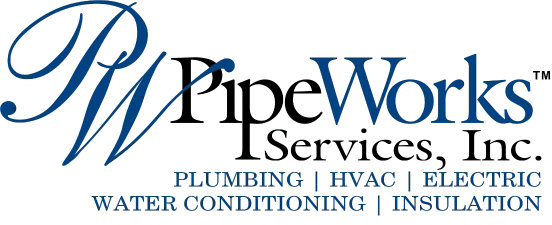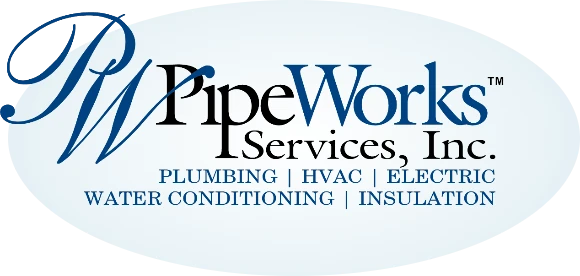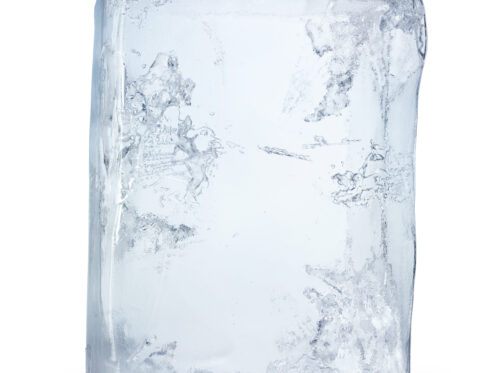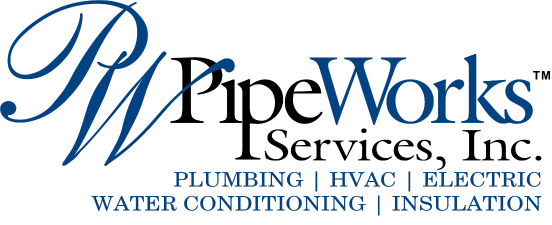Ice dams are a common problem during the winter and one that has the potential to cause serious damage to your commercial building. When ice dams form, they can damage shingles or other roofing materials and possibly lead to the roof starting to leak. Ice dams can also be a major liability for your business as all of the ice can sometimes come sliding off the roof and seriously injure anyone standing next to the building or walking past it. The fact that ice dams can do so much damage means it is essential that all commercial property owners take steps to eliminate and prevent them. In this guide, we’ll tell you everything you need to know about ice dams, how they form, and what steps you can take to prevent them.
What Are Ice Dams?
Ice dams occur when lots of ice builds up at the edges of a sloped roof. On commercial buildings with a flat roof, ice dams can form around the roof drain and block the drain so that all of the water gets trapped on the roof.
There is always the potential for ice dams to form any time there is snow on your roof. If the roof itself is much warmer than the air temperature outside, the bottom layer of snow will start to melt fairly quickly. As the water from the melting snow moves down a sloped roof or towards the roof drain on a flat roof, it can start to refreeze once it comes into contact with the colder air near the gutters or the roof drain. As the snow on the warmer parts of the roof continues to melt, the ice will continue to build up and form a large dam that prevents the roof from draining properly.
Spotting the signs of an ice dam is always easier with a sloped roof. As the dam builds up, it will usually lead to the ice starting to overhang the edge of the roof and stick out over the gutter. Thick icicles hanging off the roof and gutters is another sure sign of an ice dam. The only effective way to know if a flat roof has an ice dam is to go onto the roof and look to see if there is lots of ice built up around the roof drains.
What Can Cause an Ice Dam to Form on a Roof?
Again, ice dams form when the roof is hotter than the outdoor air temperature, which can happen for several different reasons. The most common reason a roof gets warmer in the winter is because there isn’t sufficient insulation in the attic or the space just below the roof. All of the heat from the building’s heating system naturally rises to the top of the building. Without proper insulation, this heat will come into contact with the underside of the roof causing it to quickly become warmer than the air temperature outside so the snow starts to melt and an ice dam can form.
If your building has an attic, it also needs to have proper ventilation. Attic vents will work to prevent the space from heating up as much so that the roof remains nearly as cold as the outdoor air temperature. All attics should have at least some vents in the soffit, gable ends, or on the roof ridges. However, ventilation is especially important if the attic isn’t sufficiently insulated so that the hot air from the heating system can escape outside and help to keep the attic and roof from getting too warm.
On commercial buildings with a flat roof, ice dams can also form if the roof cover isn’t sufficiently sloped down to the drains. If there isn’t enough slope, the water will drain slowly or may not drain at all and can start to refreeze and create a major ice dam.
Why Ice Dam Prevention Is So Important
One of the biggest issues with ice dams is that they prevent water from draining away from the roof properly. On sloped roofs, all of the ice will clog up the gutters so that the water has nowhere to go, and this issue is what eventually causes icicles to form on the roof and gutters. Since the water is essentially trapped by the ice dam, it can start to seep underneath the shingles. This can not only lead to the roof leaking, but the water can also cause the underlying wooden roof sheets to start to rot and could potentially lead to the roof collapsing or making it unsafe to walk on. In serious cases, the weight of the ice itself could even cause part of the roof to collapse.
Ice dams can also seriously damage your gutters and downspouts. As the ice builds up or the dam starts to melt, it will usually start to hang over the edge of the roof onto the gutters. The added weight of the ice can bend the gutters so that they no longer have enough slope to drain properly. Large ice dams also have the potential to tear the gutters straight off the building.
Ice dams can also cause flat roofs to leak. Nonetheless, the biggest issue with flat roofs is that the water will have nowhere to go. In situations where the snow on the roof melts and then it snows again, all of the water could put so much weight on the roof that it could collapse.
How to Prevent Ice Dams From Forming
The best way to prevent ice dams is to make sure that the attic or the area underneath the roof is sufficiently insulated. The insulation will block most of the hot air from your heating system so that the roof stays colder and ice dams are less likely to form. Blown-in insulation and spray foam insulation are typically the easiest, most efficient, and most cost-effective options for insulating an attic or for buildings with a drywall ceiling. If the building has suspended ceilings, you will want to add batts of insulation on top of the ceiling tiles.
Air sealing also needs to be performed before insulating. Specifically, you’ll want to make sure that any holes in the ceiling are completely sealed and airtight. This includes holes around any exhaust flues, plumbing vent stacks, can lights, etc. All of these areas will be buried once you insulate so it’s essential that the air leaks are sealed first. Knowing where air sealing needs to be performed is fairly simple. Any gaps in the attic where you can see light from below need to be sealed to keep the heat out.
Lights can also give off quite a bit of heat and can cause the roof to be hotter. The best way to prevent this is to install insulated covers over all of the lights and then make sure to fully insulate each light as well.
Any air ducts in the attic or below the roof also need to be fully sealed to ensure the hot air from the heating system can’t leak out. After sealing the ducts, they should also be insulated as this will keep the hot metal ductwork from heating the surrounding air and leading to the roof being warmer.
Pipe Works Services is the top choice for ice dam prevention in Chatham and the surrounding areas. We specialize in air sealing and insulation as well as duct sealing and insulating. Our team can inspect your building to determine why ice dams are forming and provide all of the solutions you need to prevent them. We work on commercial and residential buildings, and we can handle all of your heating, cooling, plumbing, and electrical needs as well. For more information on your options for ice dam prevention or to schedule a consultation, give us a call today.





